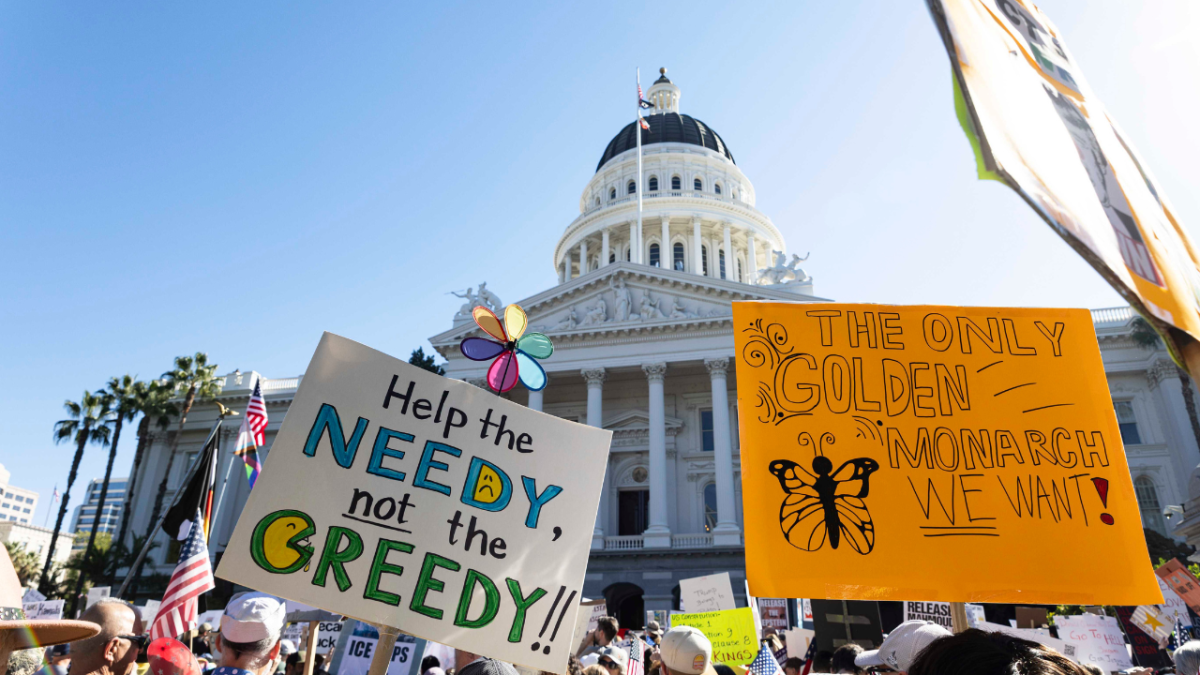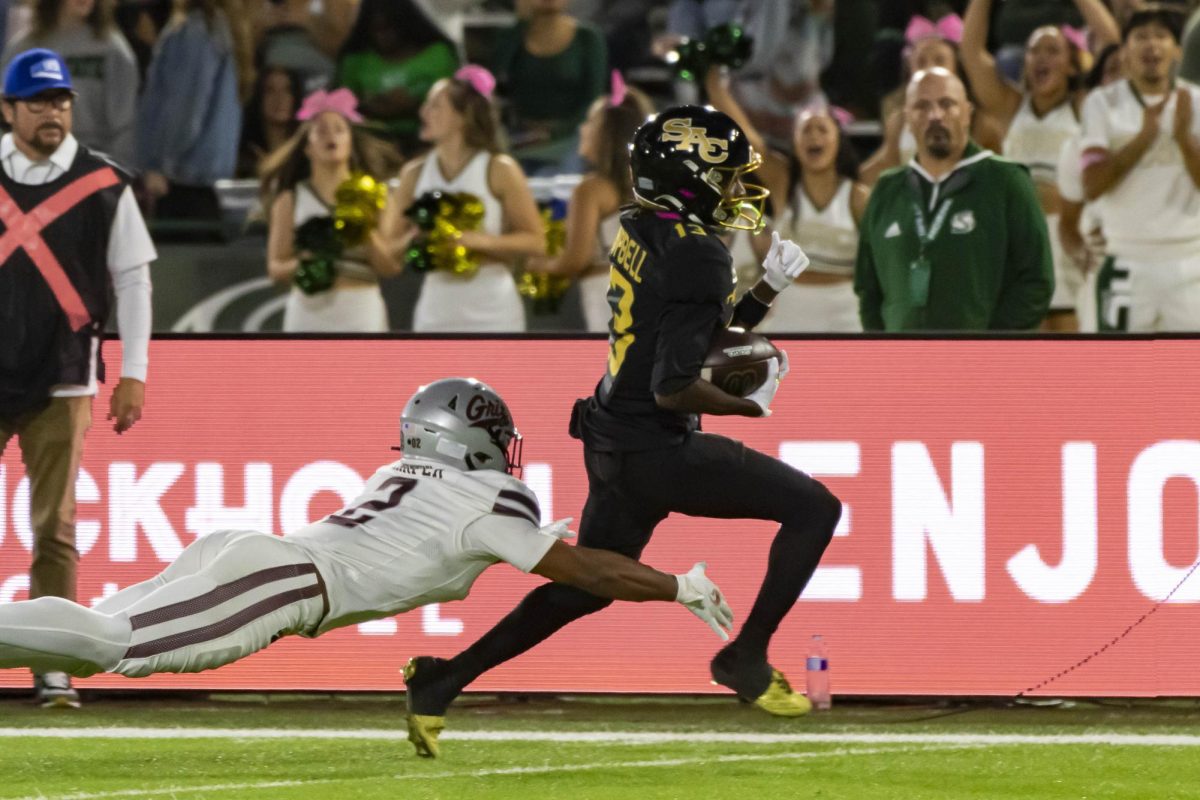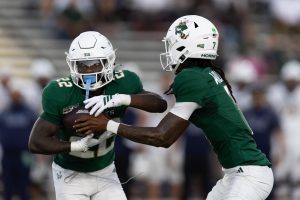Prof turns print fixation into art
September 21, 2005
Do you have 30 seconds to get your finger dirty?
If you’ve ever taken a class with Assistant Professor Nigel Poor of the department of design, then you probably know exactly what that question implies. Poor has been asking this question to students and others for more than three years, and the reason is quite simple: She wants your fingerprint. The finger prints are not used to turn you into the authorities, but to turn your unique and distinctive marking into a piece of elaborate artwork. She has collected close to 4,000 individual fingerprints as well as each person’s first name, age, gender, and occupation.
“As the collection grows, the piece becomes more exciting because it has been built one person at a time,” Poor said.
This multitude of fingerprints is put together into a form of interactive artwork that will be displayed at the Haines Gallery in San Francisco beginning April 6, 2006 to May 13. By that time, Poor hopes to have at least 6,000 fingerprints to complete the collection.
“I will continue collecting until I get enough prints to fill a room with them,” Poor said.
Poor demonstrates that one piece of artistry can involve thousands of people, even though most think of an artist as someone who works alone. One fingerprint is a work of art. Each person holds a unique piece of artwork right on his or her fingertips and instead of using these exclusive prints to differentiate people, this Sac State instructor uses them to show unity on one accord.
If you think most people are apprehensive about giving their fingerprint to someone they barely know, then you are surprisingly mistaken.
Out of all the thousands of people she’s asked, only about a 100 have said no and most of these people, as said by Poor, “would have said no to anything.” One could be cautious about participating in Poor’s ongoing pursuit of prints, but without a given last name or Social Security Number, nothing unlawful can be done with a single fingerprint.
Poor said that usually a fingerprint is what excludes you from others. At crime scenes, a fingerprint holds the power to eliminate a suspect from a crime. This project “uses this same process but creates a piece that is inclusive, that is about being apart of something larger,” Poor said.Poor has invited all of her students to volunteer 30 seconds to press an index finger onto dark ink and then onto a blank square. She may even be seen around the River Front Center area with her ink pad and tablet or on a busy street corner. Determination seems to obviously be one of her best qualities.
Nearly all of Poor’s students have given their print, including junior photography major Vanessa Hunt “Having my fingerprint taken was a wonderful experience,” Hunt said. “It made me feel unique.”
If Poor looks familiar, you may have either seen her on campus, or possibly on television because she was featured on a PBS special this year.
“I saw her on PBS. I didn’t think she would be my adviser,” said Desiree Exline, a junior photography major.
Poor’s work is being recognized near and far. Her hope is that “when viewers walk into the room containing thousands of fingerprints . . .as he or she looks closer it will become apparent that they are surrounded by a great number of individuals, each working off another to form an assertion of being counted-.”
If you would like to donate your fingerprint to Professor Nigel Poor’s collection, please contact her at 916-278-6275, or just stop by her office in Mariposa Hall 5001.
Lisa Warren can be reached at [email protected]



























































































































